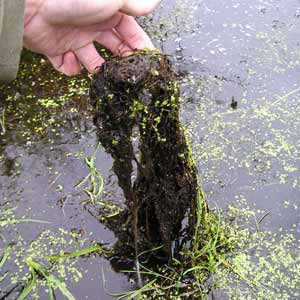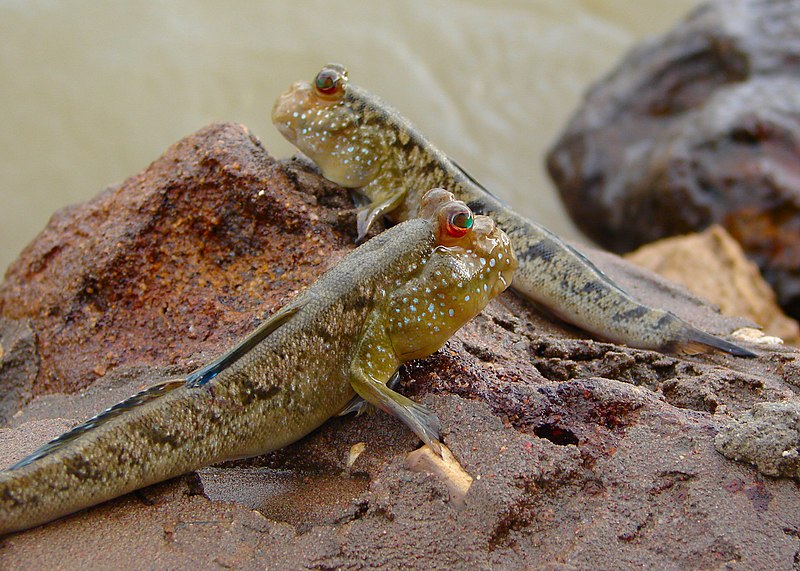Friday, March 22, 2013
Navy
Wednesday, March 20, 2013
Whales
Scientists need this data because it helps them track how and where whales travel through the ocean.
The most difficult part of the whale fluke lab was finding matching marks on the flukes. A change you could make to this lab to make it better would be to let us match more than four whale flukes.
Overfishing
Sunday, March 17, 2013
Coral Bleaching
4 Problems Caused By Marine Debris
Plastic Bags- look like jellyfish and are eaten by animals. Ingesting plastic bags poisons the animals and can suffocate them.
Oil- Coats animals, making them unable to feed and breath effectively
Bottle Caps- Bottle caps are eaten by birds because they mistake them for food. Since the plastic is hard to digest, the bottle caps stay in the stomach, leaving less space for normal food.
To help reduce problems caused by marine debris, we can reduce, reuse and recycle our plastics.
Little Stinger of the Sea
Scientific Name:Pterois
Adaptations: Have poisonous spines used for defense against predators
Hunting Strategies: They do not use their spines for hunting, only for defense. They hunt just like any other fish.
Reproduction:Females release two mucus-filled egg clusters frequently, which can contain as many as 15,000 eggs.
Interesting facts: Bigger Lion Fish may be cannibalistic
Why I chose it: I chose the Lion Fish because it looks cool
Sea Grass
Sea grass provides food for many organisms in the through its detritus and leaves. Residents of sea grass ecosystems live in the sea grass while migrants and travelers only visit sea grass ecosystems occasionally.
5 Benefits of Sea Grasses
2. Sea Grasses act as a nursery for coral reef animals.
3. Sea Grasses clean the water.
4. Sea Grasses are a food source for many animals.
5. Sea Grasses house many types of fish.
Sunday, March 3, 2013
Plastics in the Sea
Marine Issue
Importance of Mangroves
Nursery: Mangroves provide a home for baby fish to stay protected from predators in
Nutrients: Mangroves provide nutrients to the surrounding animals
Sediment: Mangrove sediments are filled with nutrients and detritus that many animals feed on
Toxins: Mangrove roots help filter the water to remove toxins
Buffer system: Mangroves are a buffer zone between tsunamis and towns
Ecosystem corridor: Mangroves connect land animals and sea animals
Mudskippers
Common Name: Mudskipper
Habitat: Muddy waters of Mangroves
Reproduction: Burrow into the mud to lay eggs
Prey: Crabs and insects
Interesting Facts: Can breathe through their skin
Can live on land and in water
Can walk on land with their fins
Why I chose it: I chose the Mudskipper because they seem really interesting.
Thursday, February 21, 2013
Reptile
Scientific Name: Crocodylus intermedius
Habitats: Live in theColumbian Orinoco River Basin
Adaptations: Adapted to live in freshwater
Status: Critically Endangered, only 547 can be found in the wild
Interesting Facts: Largest Living species of crocadile
Current Issues: Scientits are trying to gradually increase their population through breeding
Why I chose it: I think crocodiles are pretty neat
Tuesday, February 19, 2013
Ocean Acidification
Monday, February 18, 2013
Karenia brevis
The karenia brevis dinoflagellate the plankton species responsible for the phenomenon called red tide. Red tide is caused by toxins released by karenia brevis which die the water red and poison shellfish and fish in the area. This hurts the gulf economy by putting the local fishermen in the area out of business until the red tide is gone.
Plankton
There are many things I learned about plankton this week. I learned that they come in two types, zooplankton and phytoplankton. I learned that they are the base of the oceanic food chain. I learned that they can produce an underwater snow effect when they die and fall to the bottom of the ocean. I learned that plankton can cause problems if they are too numerous and I learned that animals can grow out of being plankton as they mature.
Plankton race
The goal of the plankton race was to create a plankton that would sink the slowest using a given set of materials. The plankton in the picture took 10 seconds to sink which was pretty good. Paper, however, took 20 seconds to sinn which is why my team used that instead. If I could change my design I would give it more surface area so it would produce more drag. I liked working in a group for this activity.
The Killer Whale
Scientific Name: Orcinus orca
Habitat: Killer Whales are found in all oceans
Reproduction: Killer Whales reproduce just like any other animals but they tend to stay in families after birth
Status: Not Endangered
Interesting Facts: Can swim up to 28 mph
Stay with their family most of their lives
Have the 2nd heaviest brains among marine mammals
Major Issues: Can get violent when kept in captivity
Why I chose it: I like Shamoo
Harmful Algae Bloom
Harmful Algae Bloom is when the plankton population gets over populated and the plankton release toxins. Red Tide is an algae bloom that is caused by dinoflagellates. There is nothing we can do to prevent red tide. Red Tide causes fish to become poisoned and for shell fish to become poisonous to eat.
Sunday, February 10, 2013
Plankton and Why We Need Them
Plankton also come in different types. Diatoms and dinoflagellates are both photosynthetic protists. Diatoms, however, have silica cell walls and dinoflagellates have flagella.
Invertebrate: The Box Jellyfish
Scientific Name:Chironex fleckeri
Adaptations: Moves and Eats without a brain
Habitat: Lives in tropical and subtropical oceans
Endangered/Threatened: neither
Interesting Facts: Box Jellies are nearly transparent and have one of the most painful stings in the world
Why I chose this organism: I chose this organism because i find it very interesting due to the fact that it has one of the most powerful venoms in the world yet does not have a heart, brain, or a mouth.
Important Ship
Oceanography Over Time
Over the course of history, oceanography has changed dramatically. For hundreds of years humankind thought that the world was flat and that the oceans suddenly stopped at a certain point. Ferdinand Magellan, however, set out to prove everyone wrong. Magellan set out from Portugal and set out on a voyage to sail around the world. It took close to three years for the expedition to make it back to Portugal and prove that the world was round. Magellan, unfortunately, died along the way in the Philippines. However, proving that the world was round changed the way humankind viewed oceanography forever.
5 Reasons to study the ocean
1. There are vast amounts of resources in the ocean, such as oil.
2. We know very little about the deep sea.
3. Because the ocean covers 72% of the entire earth.
4. We will have a better understanding on what it takes to survive in harsh environments.
5. Exploring the ocean leads to new innovative ideas.
Sunday, February 3, 2013
Race results
My teams boat did not do very well in the race due to the fact that our sail worked better backwards than forwards, a fact that we did not know until the 3rd of the three trials. Our times got drastically better once we sailed it backwards. The times are as follows:
1- 14s
2-11s
3-8s
If I had to do this again I would make our boat wider and use a different sail design. I liked working in groups and designing the boat more than racing it.
Boat design
My boat was build out of the bottom of an orange juice container, tape, pipe cleaners and a taco bell gift card. At first we had two sails because we thought that our first sail was going to be too low. However, the second sail caused the boat to crash into the sides every time so we had to take it off. The boat would still not go straight so Mrs. Wood told us to try it with our boat facing backwards. For some reason, our boat sailed better backwards than forwards.
My favorite marine animal from the first two weeks of fish ID is the Beluga Whale.
Common Name: Beluga Whale
Scientific Name: Delphinapterus leucas
Adaptations: Can survive in the extreme cold of the Arctic Ocean
Habitat: Shallow waters close to the coast in arctic regions
Endangered/Threatened/ or Not? Near threatened
Why I chose this animal: I chose this animal because I like the way it looks and think that it is really cool.
Oceanographers and their instruments
Biological Oceanographer- Biological Oceanographers use tools such as microscopes and nets in order to obtain and study the plants and animals inhabiting the ocean.
Chemical Oceanographers- use satellites in order to study the wind, waves, tides and currents of the ocean.
Geological Oceanographers- study the physical features of the ocean floor using sonar which they use to aid them in making bathymetric maps.
Geophysical Oceanographers- Study oil below the ocean floor with the aid of drilling ships
Oceanographic Engineers- Make instruments such as FLIP (seen above) to aid oceanographers in their research










.jpg)















